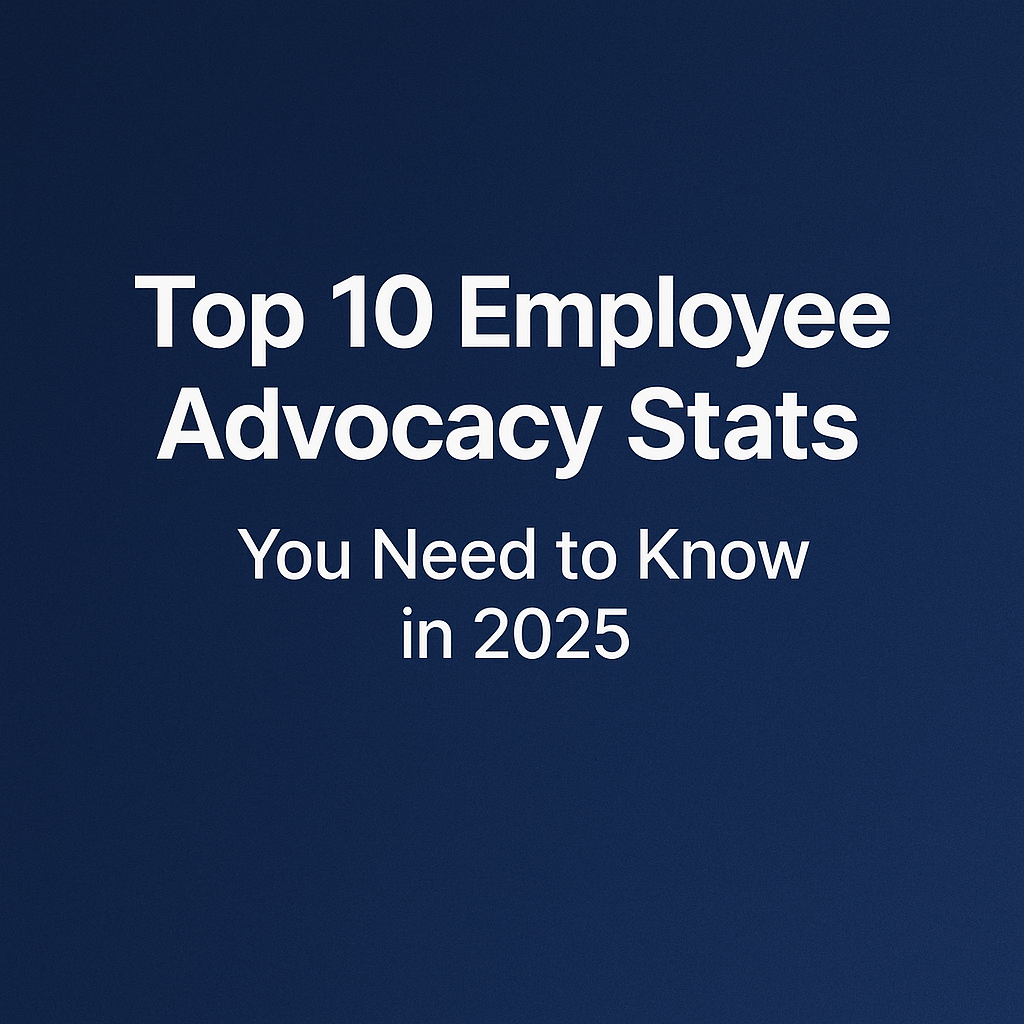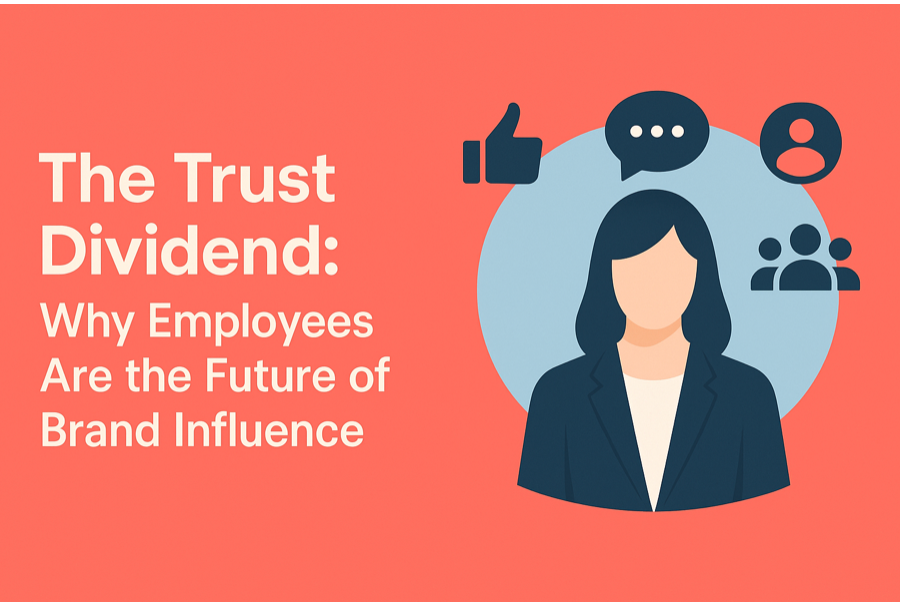Employfluence: Turning Workforce into Brand Ambassadors

From Employee to Ambassador
The Employee Advantage: Turning Your Workforce into Brand Ambassadors
In the modern digital landscape, standing out is more challenging than ever. Traditional corporate marketing efforts often struggle to break through, but there’s an untapped opportunity that more and more companies are realizing: their employees.
Employee advocacy isn’t just a marketing strategy—it’s a competitive edge. By encouraging employees to share authentic stories and company content, businesses can build trust, expand their reach, and drive engagement in ways traditional advertising simply can’t match.
The Power of Authenticity and Trust
People trust people more than brands. Content shared by employees on personal networks feels more genuine and relatable, making audiences more likely to engage.
-LinkedIn Employee Spotlight : A team member shares a post about completing a major project, tagging their colleagues and company. This not only enhances personal credibility but also reinforces the company’s expertise.
-Instagram Story Takeovers: Employees share a “day in the life” on the company’s Instagram, giving a behind-the-scenes look at workplace culture.
-Customer-Centric Posts: Employees highlight customer success stories, showcasing the brand’s real-world impact.
Expanded Reach: The Network Effect
Reaching a broad audience on social media is time-consuming and increasingly expensive. However, employees’ collective social networks often exceed the reach of corporate channels. When employees share content, they act as brand ambassadors, amplifying the company’s message at a fraction of the cost.
-Make It Easy to Share: Provide engaging, shareable posts that employees can quickly post on their social channels.
-Offer Guidance: Equip employees with a simple style guide or training to help them confidently share content while staying on brand.
Higher Engagement, Stronger Connections
Content shared by employees generates 8x more engagement than corporate posts. This increased interaction not only boosts visibility but also fosters deeper connections with the brand.
-Encourage Thought Leadership: Support employees in sharing professional insights, positioning them as experts in their field.
-Spotlight Employees: Feature team members in company blogs and social media, making them feel valued and more likely to share.
A Cost-Effective Growth Strategy
Unlike paid advertising, employee advocacy taps into existing resources—your team. This significantly reduces reliance on costly ad campaigns while increasing brand awareness.
Stronger Employer Branding
Employee advocacy makes businesses feel human rather than like faceless corporations. This strengthens employer branding, making companies more attractive to top talent.
-Encourage Personal Stories: Employees sharing their own work experiences builds relatability and trust.
-Highlight Impact: Show how employees make a difference, whether within the company or in the broader industry.
Boosting Social Media Presence
Regular employee engagement increases brand visibility across platforms, strengthening the company’s online presence and improving algorithmic reach.
By leveraging employee advocacy, businesses can unlock an organic, authentic, and highly effective way to grow their brand. The future of marketing isn’t just about ads—it’s about people. And it starts from within.
Contact Us
We will get back to you as soon as possible.
Please try again later.



